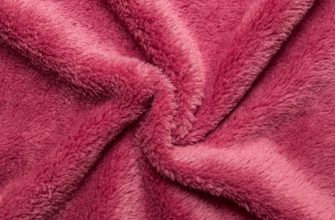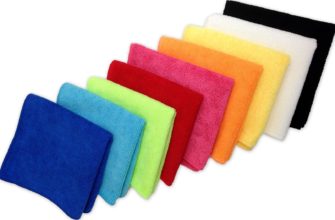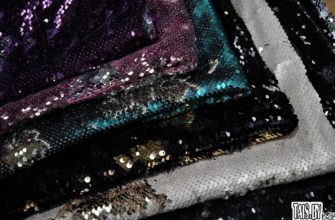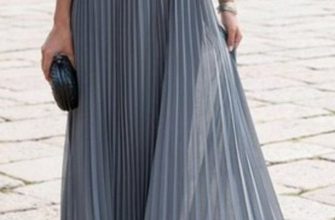Any woman prefers to wear dresses, trousers, jeans so that they fit tightly and worthily emphasize all the ideals of the figure and hide its flaws. Few people know that the composition of the fabrics used to sew this type of clothing includes a durable and elastic material - lycra. People may use another name - elastane.
Nowadays, lycra items are one of the most common.
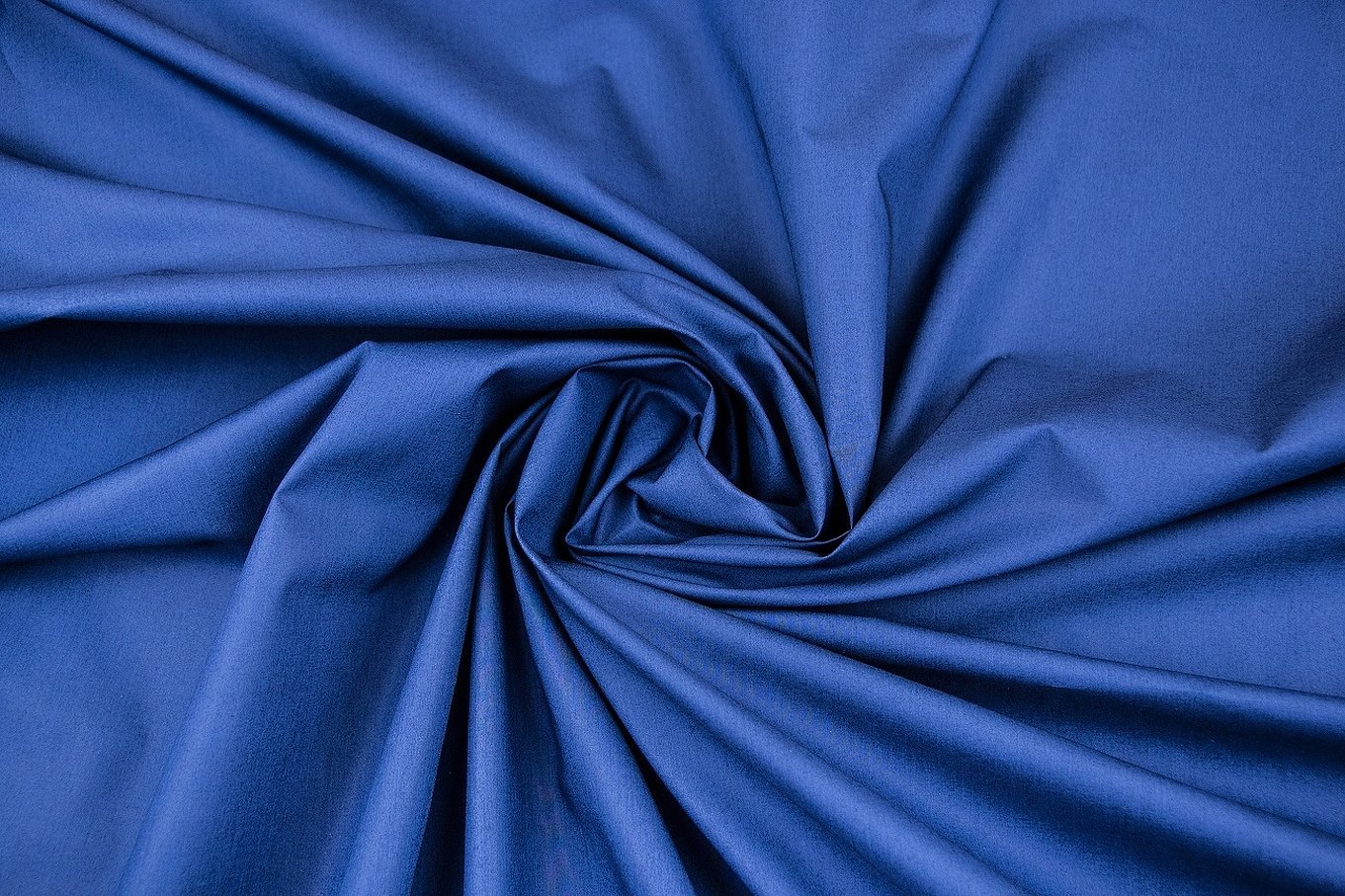
History and manufacturing methods
The creation of super-strong and elastic material began in 1946. This decision was made by the first creators and developers of this fiber - the DuPont company. Like fabric was released to create belts and corsets, because in the mid-40s, thin waists were in fashion, and some ladies could not boast of ideal sizes. But the idea of such a wardrobe item was not understood by women, and the company was not going to lose 10 million.
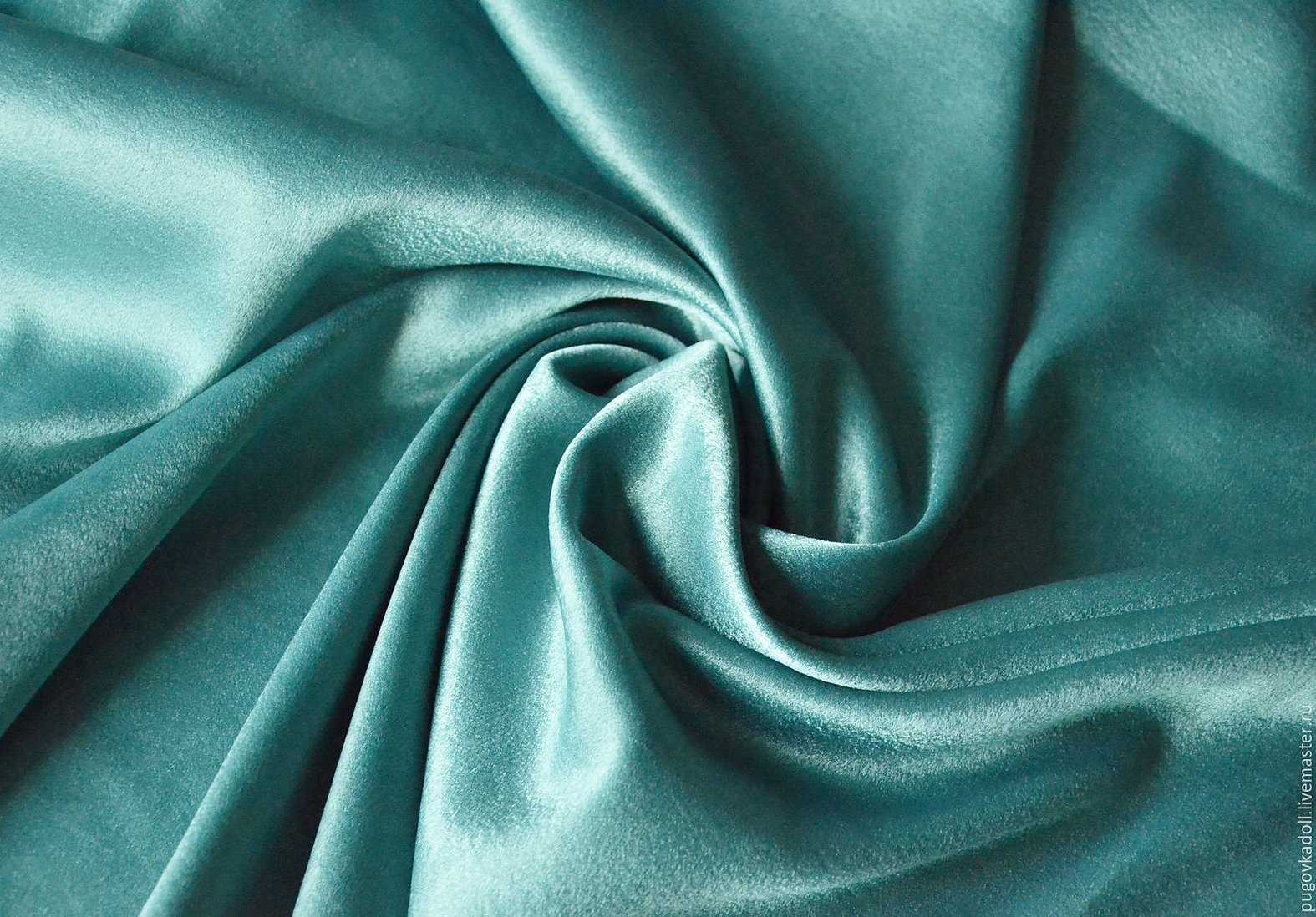
Therefore, it was decided to use lycra in the production of other things. It began to be used in the creation of stockings and tights known to us.
What is lycra, what does it contain and how is it produced?
There are several ways to obtain lycra:
- Chemical formation of this fiber. The solution is passed through several filters and placed in a metal container, a compound of macrodiisocyanate is added, which, when exposed, enters into a chemical reaction and subsequently fibers are formed.
- Wet method. The fibers themselves are washed in hot water (temperature 90 degrees), hung on special holders and sent to a separate room for 20-30 hours at a temperature of 120 degrees.
- Dry method. It is the most economical and widespread method of manufacturing lycra. Fibers obtained from an alloy of polymer and ethylene glycol are treated with a lubricant, wound on holders and sent to a chamber at a temperature of 80 degrees for 3-3.5 hours.
Important! Lycra fabric is a chemical compound that can cause allergies, rashes, itching and irritation. If allergic reactions occur, consult a doctor immediately!
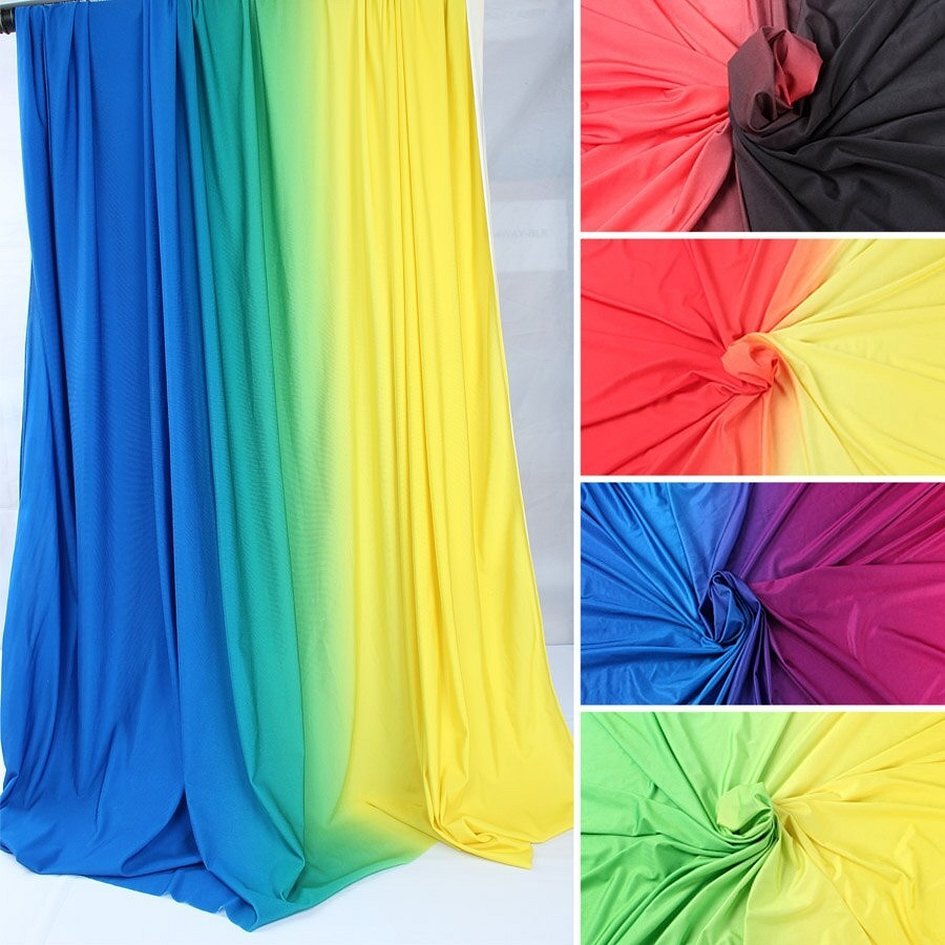
Quality characteristics of lycra
Lycra is an economical and widely used material used in the production of things. It has not only amazing elasticity and stretchability, but also a number of other qualities:
- repels other liquids and materials. To clean a stain from lycra, simply wipe with a cleaning agent (if lycra is combined with other materials) and rinse with water;
- The threads of lycra are spaced apart from each other, so the skin can breathe when wearing such material;
- although the lycra threads are thin, they are quite strong;
- has increased strength. Lycra indicators are in the range of 1.1-1.3 g / cm³, which gives lightness and density.
Note! Materials containing lycra are great for everyday wear.
External factors have almost no effect on the wear of the material: washing, chemical additives, sunlight does not change the color component, salt water will also not affect the wear of the item.
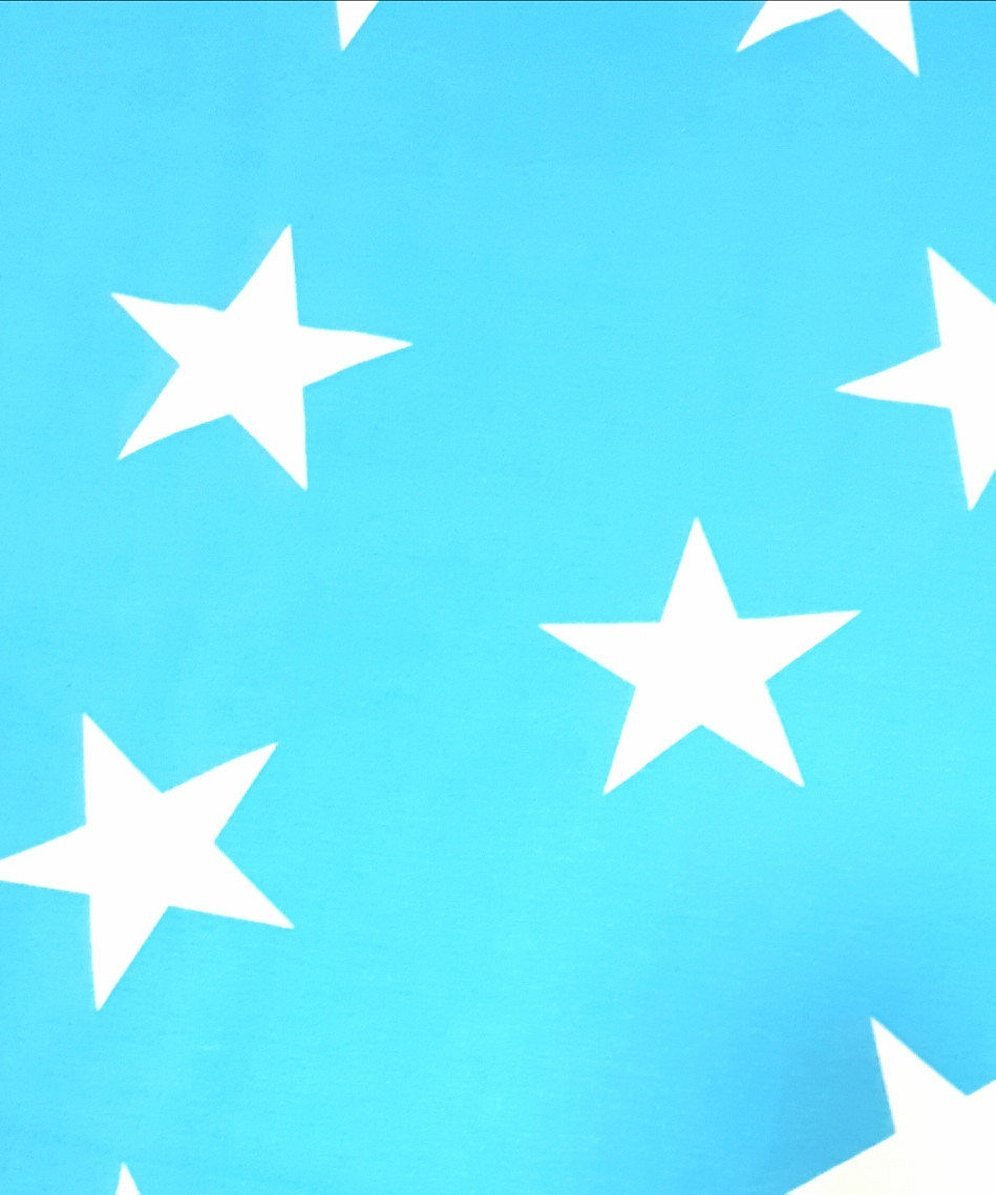
Application of lycra
With the advent of lycra, there are more and more products that add this versatile material. It only takes a little bit to give elasticity and ductility to a product:
- in medicine, lycra is used in compression garments and elastic bandages for stretch marks and cracks. Athletes and ballerinas cannot work without these products;
- clothing. It is worth adding 2-5% elastane per 1 meter of fabric to natural or artificial fabrics to give the item its shape and fit it correctly according to women's parameters. Stretch fabric is mainly used in the production of jeans;
- in the production of sportswear. Spandex is added to all suits, shorts, and tops. It allows the skin to breathe, fits the figure precisely, which gives freedom of movement. All sportswear is made of synthetics, because it is light and practical;
- in the manufacture of underwear. Such models always emphasize the figure favorably, but can have an irritating effect on the skin.
- swimsuits. Swimsuit manufacturers add spandex to the composition of the material. This material fits the body, dries quickly, and emphasizes the advantageous parts of the figure.
- and the well-known tights. The main production of lycra is for tights and stockings.

Improving Fabric Properties with Lycra
Lycra is almost always used as an addition to the main fabrics. After all, due to its lightness and practicality, it does not increase the density and width of the material, but only gives it elasticity, the ability to better hold its shape. Due to its ability to pass air, it is perfect for sewing sportswear that will fit perfectly to the body, take the shape of a person and not allow you to get steamed in a suit.
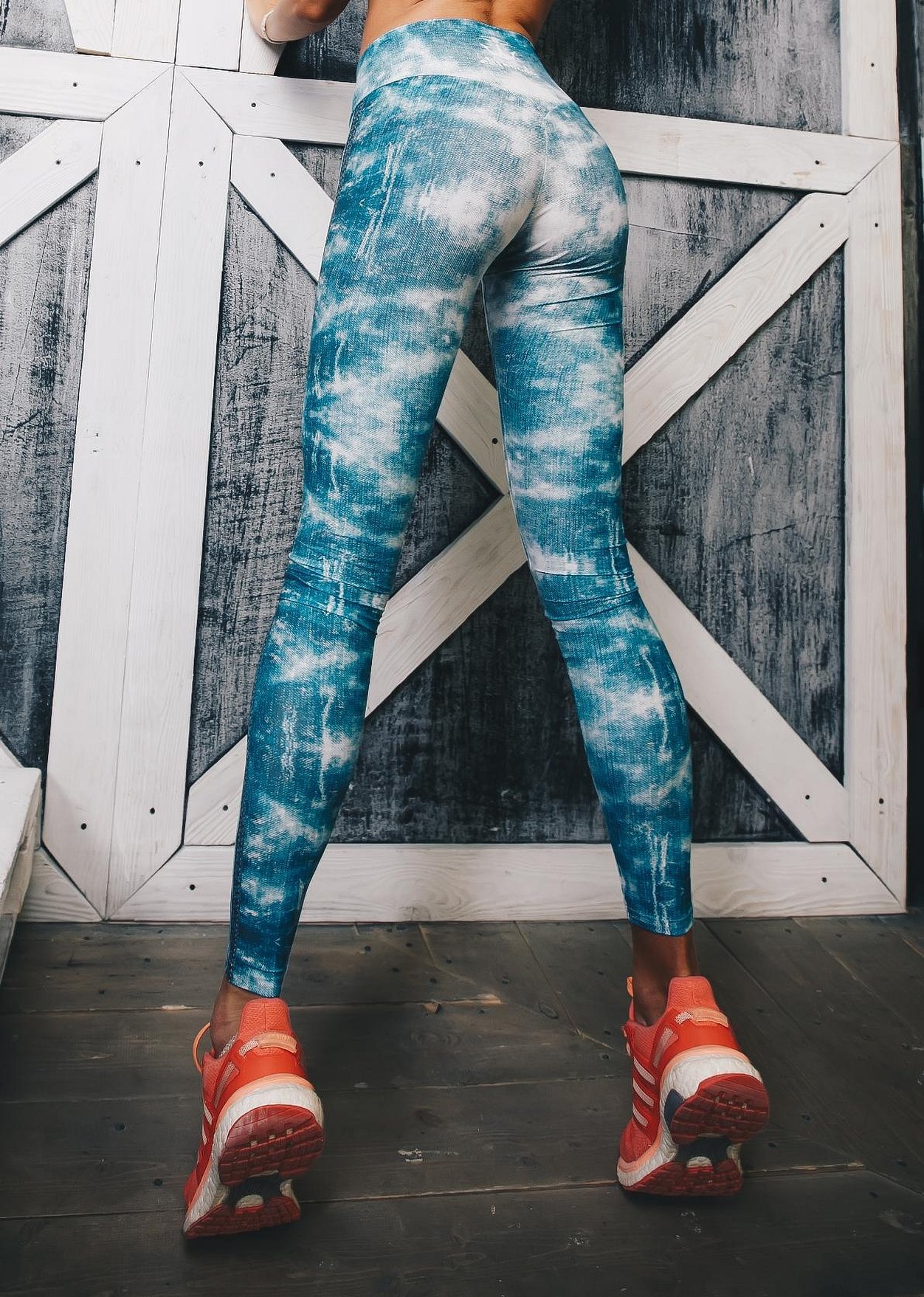
Fans of extreme water sports often use suits made with elastane. After all, such a suit will perfectly protect against falling and hitting the water, will dry quickly and will not hinder movement.
Important! Adding lycra to the product can increase its wear life by two or even three times.
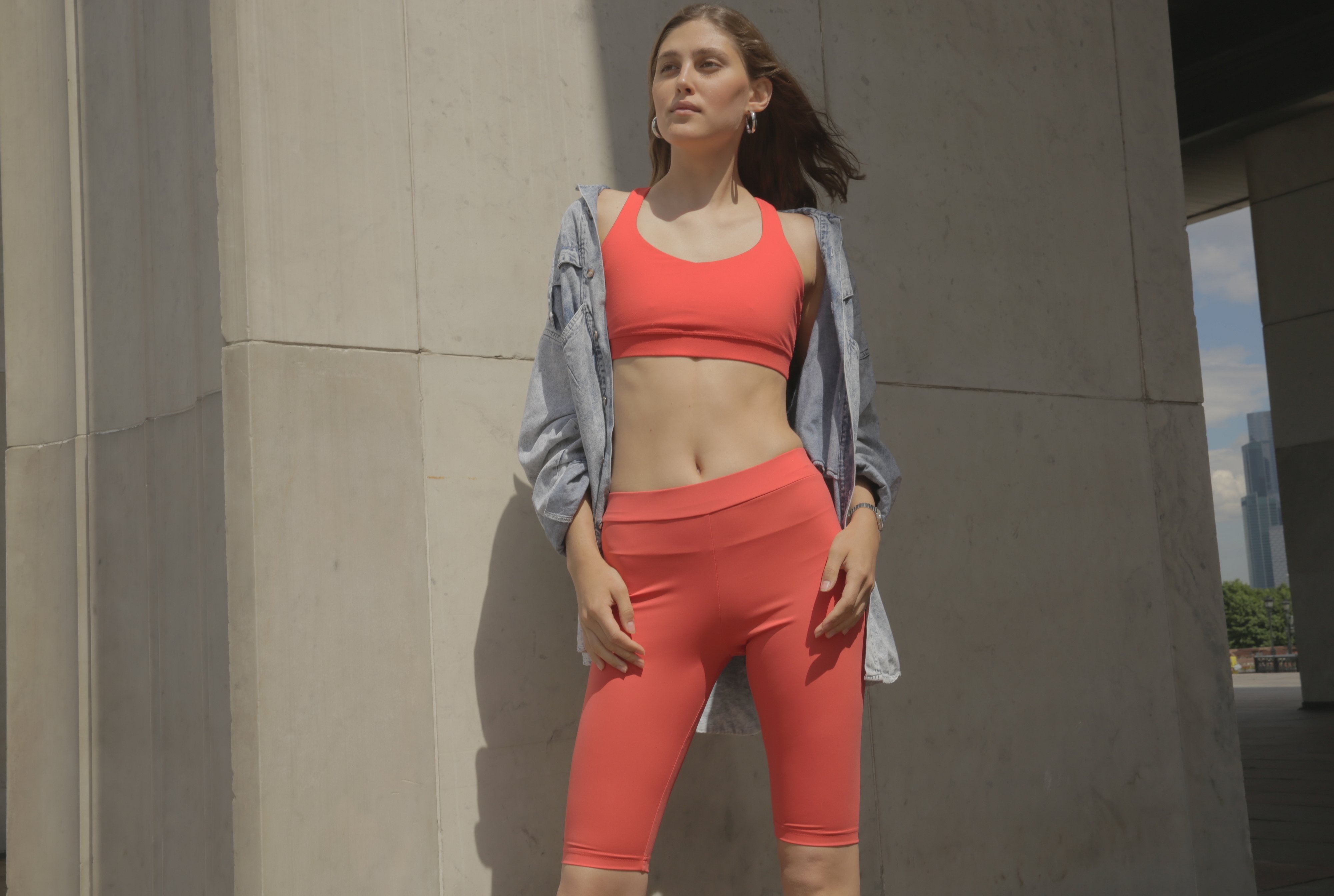
Combination with other materials
How elastane works with other fabrics:
- Viscose. This material is practical and easy to use, despite the fact that it is also an artificial material. Adding only 5% elastane makes the material more elastic and fits the figure perfectly.
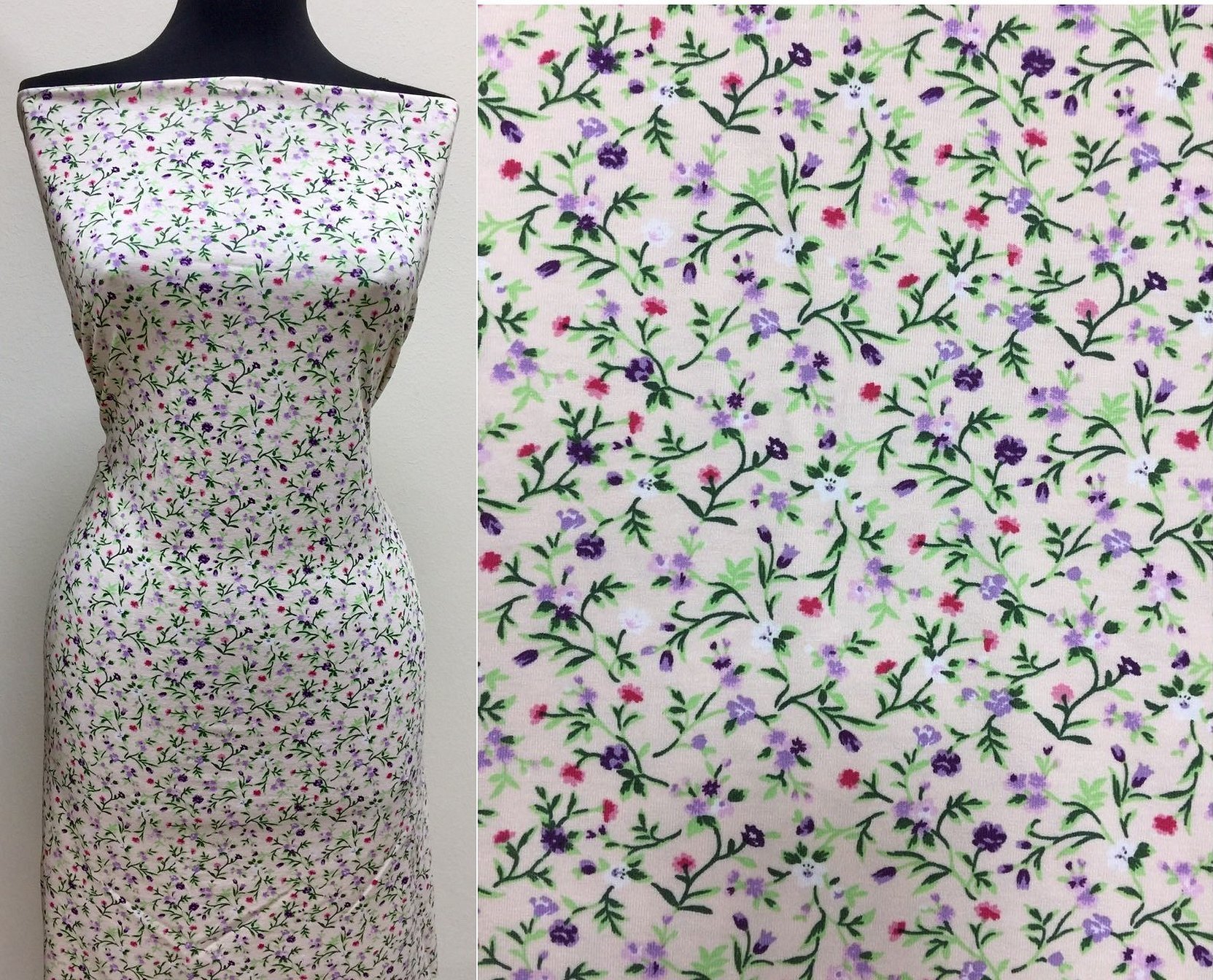
- Cotton. Cotton products are quite capricious: they are easily deformed and wrinkled. Adding lycra to the composition will significantly reduce these disadvantages and make the material more manageable.
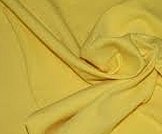
- Ribana. The material is very delicate and soft. It is used in the creation of bed linen, clothes for babies and children, sportswear. Adding lycra will only improve its strength and add elasticity, durability.
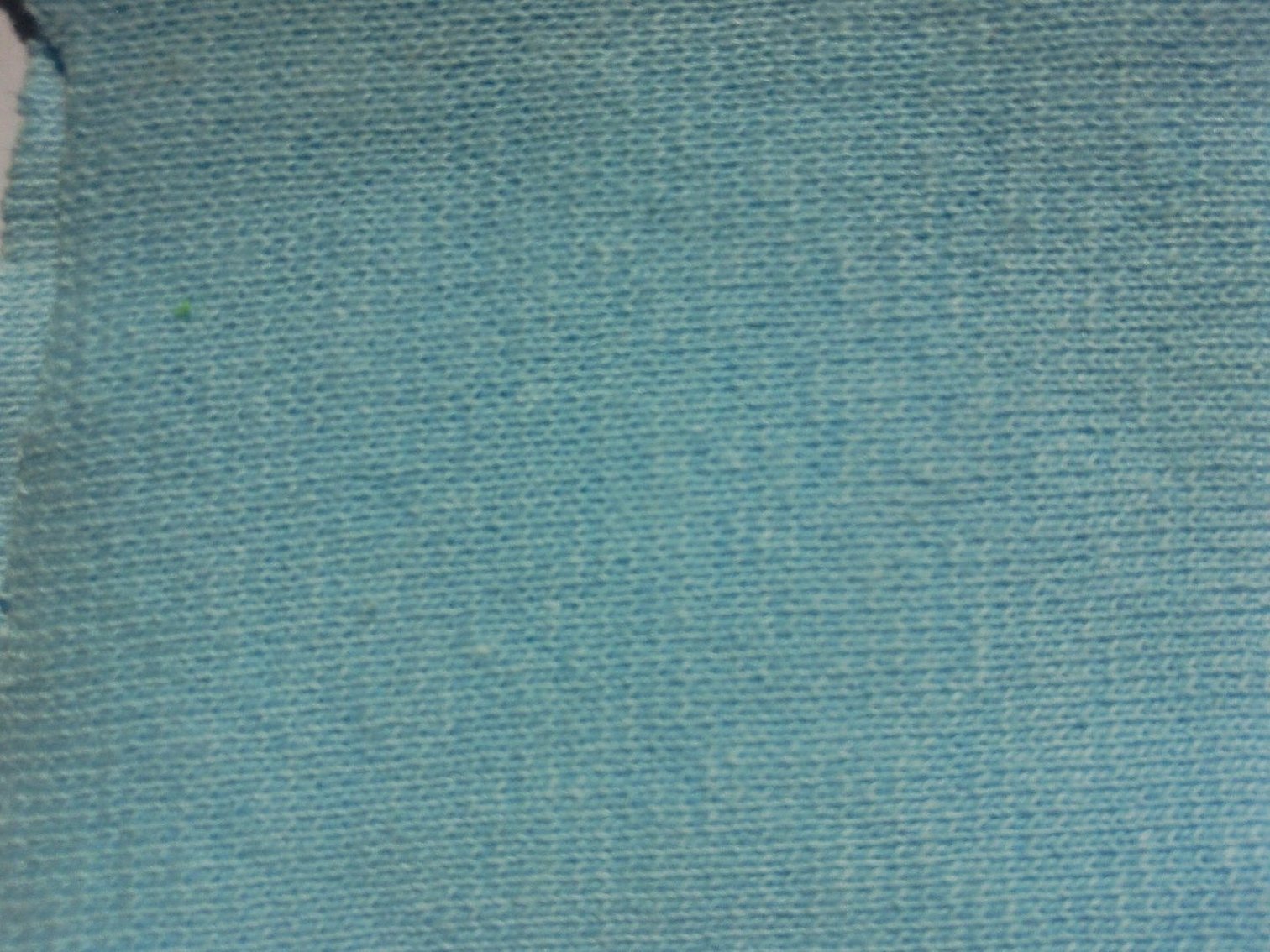
- Footer. This is a type of cotton fabric. This material has such properties as practicality, lightness, and allows the skin to breathe. It is often used for sewing light dresses and sportswear. Adding elastane will only improve the footer's performance when worn.
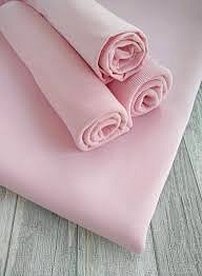
Recommendations for product care
Lycra is not a picky component. When caring for it, it is worth considering the properties of the fabric that is used as a base. There are several recommendations that should be followed to increase the life of the product using elastane and preserve its external advantages:
- Both hand and machine washing are allowed. It is worth using a temperature no higher than 40 degrees;
- You can use detergents, but it is better to avoid aggressive stain removers or bleaching agents. These components can damage the lycra fibers and thereby reduce their service life;
- It is best to dry at room temperature;
- You can use an iron, but it is better to iron on the delicate fabrics setting.
All these simple recommendations will help to maintain the shape and shelf life of the product.
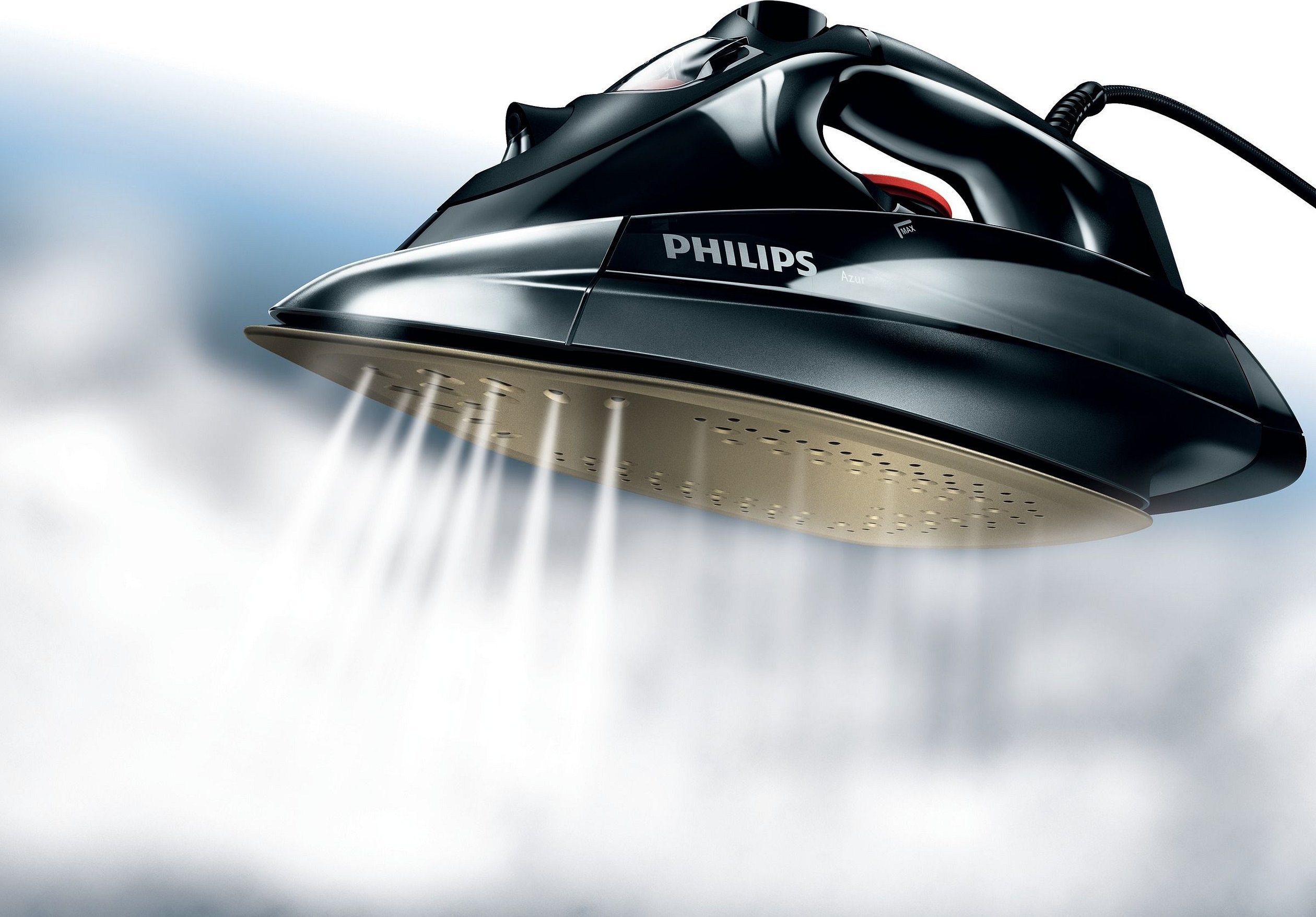
Advantages and disadvantages of lycra
Lycra has become an innovative technology that fits perfectly into the rhythm of modern man, improving comfort and convenience. With this development, sports, dancing, medicine, and clothing care have become easier.
Important! There are, of course, a huge number of advantages. But, like all chemical materials, lycra has its contraindications.
The chemical composition can negatively affect the condition of human skin, especially that of a small child. A large amount of lycra in the composition can lead to various allergic reactions and rashes. Basically, this concerns products that have direct access to human skin: tights, stockings, underwear, sportswear, bed linen can cause irritation of the upper epidermis.

Very often, babies are exposed to such chemical burns. A child's skin is thinner than an adult's. Constantly wearing the wrong underwear or tights can cause a rash or inflammation.
With such symptoms, you should immediately consult a doctor, conduct a series of tests and prescribe appropriate treatment.
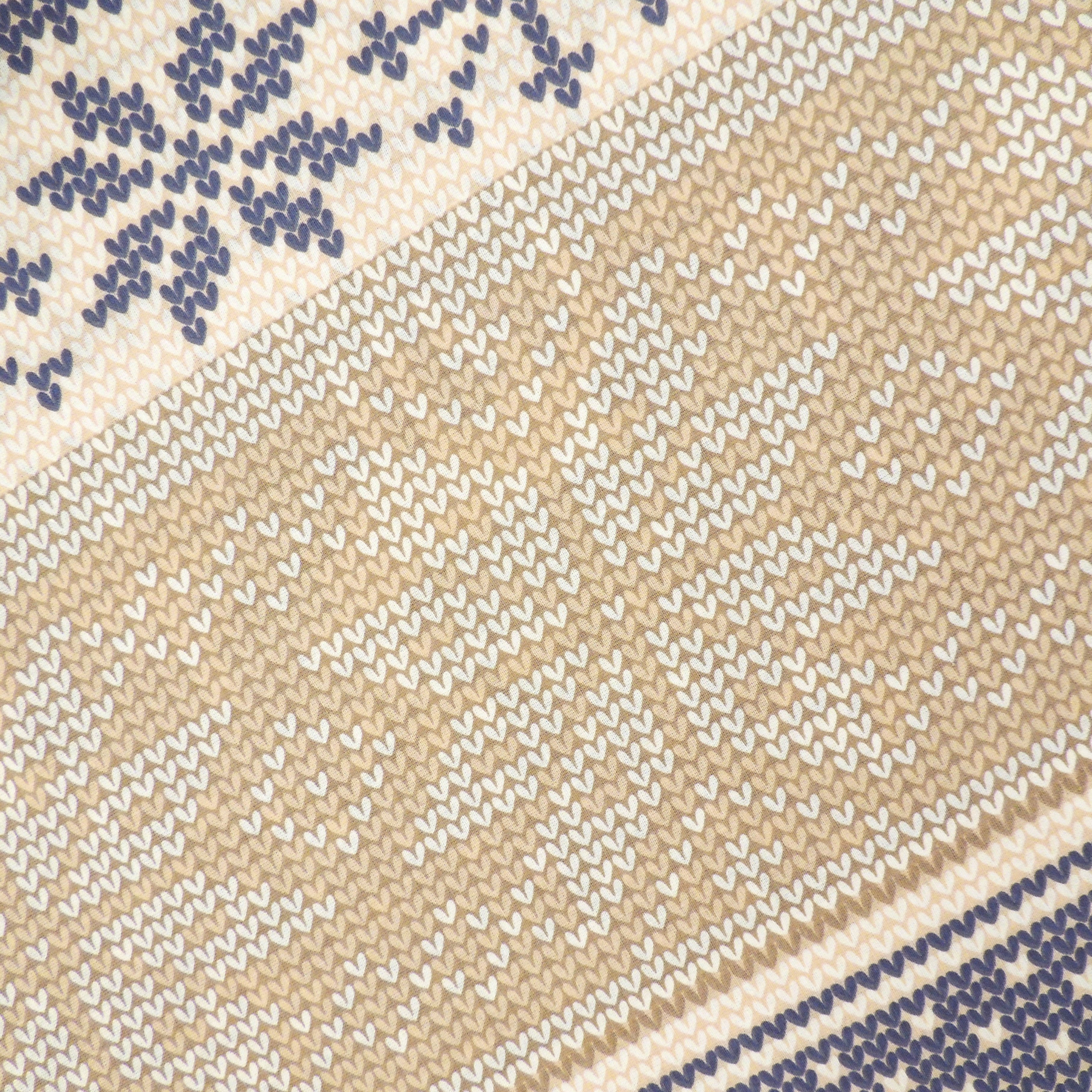
Any materials that are chemically removed can negatively affect human health. But, in general, lycra only improves the condition of everyday things and the appearance of clothing. With proper care, such things can last a long time.

